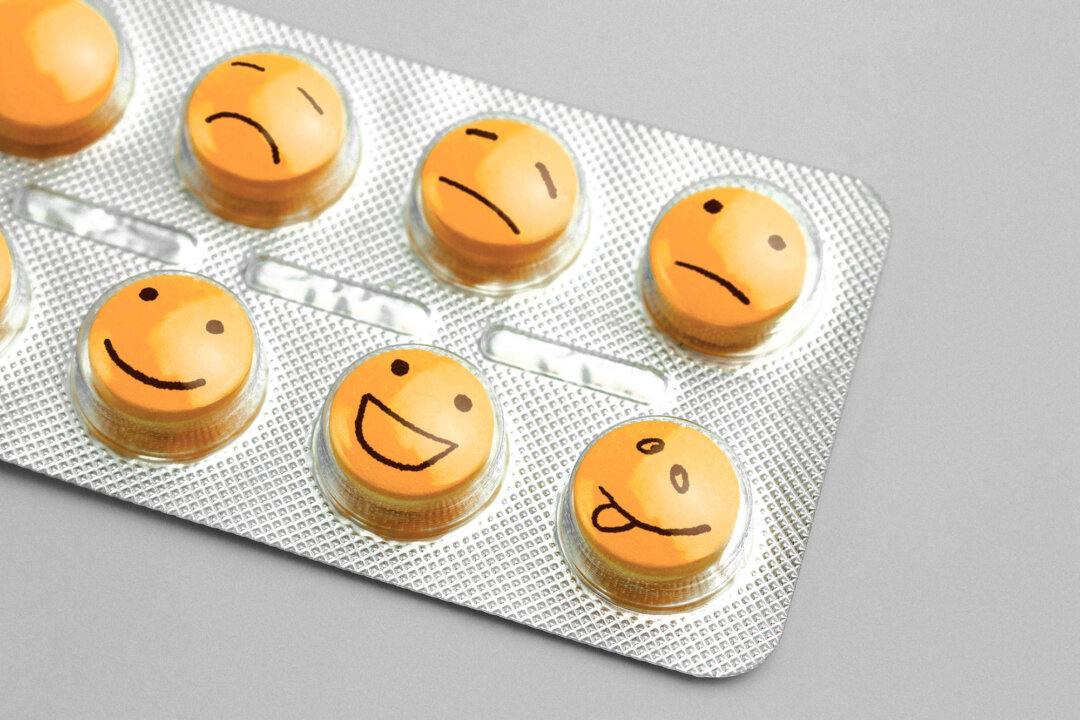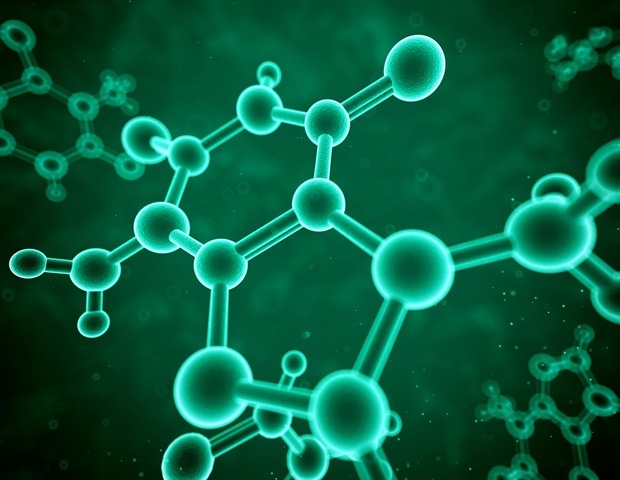In a new study, researchers have found that mice can instinctively exhibit rescue-like behavior toward anesthetized conspecifics—without any prior training or external rewards. The study, published in PNAS , offers compelling evidence that prosocial behavior may be deeply rooted in biology, extending even to small mammals like mice. Led by Dr.
Hu Li from the Institute of Psychology of the Chinese Academy of Sciences and Dr. Chen Zhoufeng from Washington University School of Medicine and the Shenzhen Medical Academy of Research and Translation, the study uncovers the molecular and neural mechanisms that drive this behavior. Their findings suggest a conserved evolutionary basis for prosociality.

Although altruistic behaviors—such as helping distressed peers—have been well documented in animals like elephants, dogs, and even ants, the presence of such tendencies in rodents has remained controversial. This new study provides robust evidence of such behaviors in mice. In the experiments, an "observer" mouse placed with an anesthetized peer showed clear signs of stress, indicated by elevated blood corticosterone levels.
In response, the observer mouse engaged in allogrooming and allolicking—behaviors that not only accelerated the recovery of the anesthetized mouse but also alleviated the observer's own stress, suggesting a mutually beneficial dynamic. To explore the underlying mechanisms, the researchers used a combination of advanced tools, including transgenic mice , chemogenetics, optogenetics, and fiber photometry. They discovered that oxytocin (OXT) neurons in the paraventricular nucleus of the hypothalamus are activated when the observer mouse detects distress signals from a peer.
These neurons release OXT, which then acts on two parallel pathways via the oxytocin receptor to coordinate emotional and motor components of the rescue-like behavior. Specifically, the pathway through the central amygdala is responsible for decoding the negative emotional valence of the distress signal, while the pathway through the dorsal bed nucleus of the stria terminalis enables the execution of rescue-like behaviors such as licking and grooming. Oxytocin, often referred to as the "prosocial hormone," is known to promote empathy, trust, and cooperative behaviors in both animals and humans.
This is the first study to demonstrate that oxytocin can coordinate both emotional responses and motor actions through a dual-pathway mechanism to facilitate efficient and timely rescue-like behavior. For more than a century, the origins and evolutionary significance of altruism have intrigued philosophers, psychologists, and evolutionary biologists. By revealing the neural circuits and molecular players involved in instinctive helping behavior in mice, this study not only challenges previous assumptions but also introduces a novel paradigm for exploring the biological foundations of empathy and social connection.
In doing so, it lays a foundation for future research into the neurobiology of complex social interactions. More information: Feng-Rui Zhang et al, Distinct oxytocin signaling pathways synergistically mediate rescue-like behavior in mice, Proceedings of the National Academy of Sciences (2025). DOI: 10.
1073/pnas.2423374122.
Health

Mice exhibit altruistic rescue behavior linked to oxytocin-driven brain pathways

In a new study, researchers have found that mice can instinctively exhibit rescue-like behavior toward anesthetized conspecifics—without any prior training or external rewards. The study, published in PNAS, offers compelling evidence that prosocial behavior may be deeply rooted in biology, extending even to small mammals like mice.















